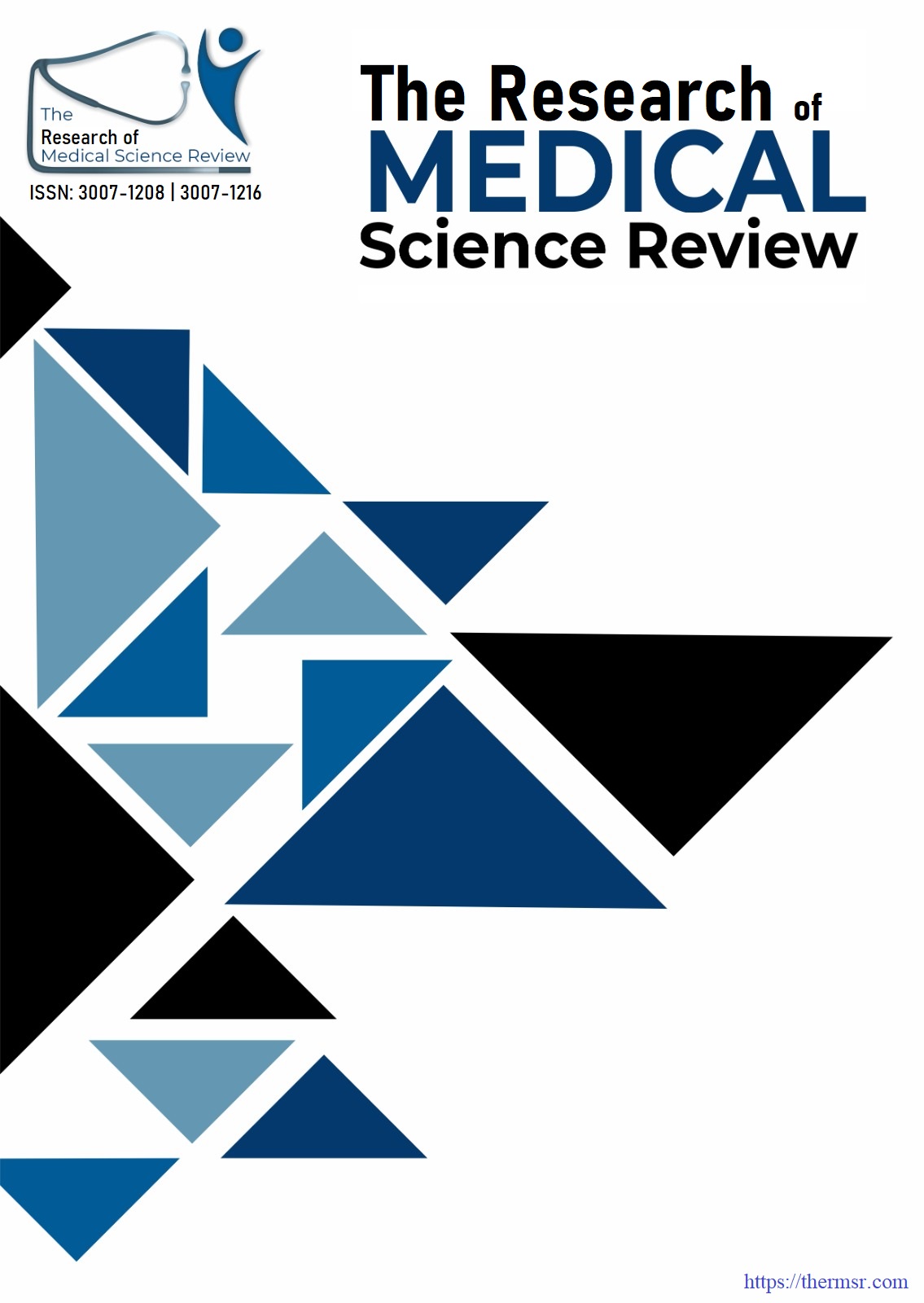AI IN THE PREDICTION OF ONSET AND PROGRESSION OF NEURODEGENERATIVE DISORDERS USING MACHINE LEARNING MODELS
Keywords:
Neurodegenerative diseases, Diagnosis, Alzheimer's disease, Parkinson's disease, Multiple sclerosis, Artificial Intelligence (AI), Machine learning (ML), technological toolsAbstract
Medical research receives fundamental transformation through Artificial Intelligence (AI) which particularly optimizes the analysis of neurodegenerative disorders consisting of Alzheimer’s disease (AD), Parkinson’s disease (PD) and Multiple Sclerosis (MS). The processing and analysis of extensive and intricate dataset groups that contain medical images together with genetic data in conjunction with speech patterns and clinical files become achievable to AI systems through machine learning (ML) and deep learning (DL) algorithms. The technological tools provide healthcare professionals with opportunities to discover diseases at their onset and achieve precise diagnostic outcomes as well as estimate disease development and craft individualized therapeutic solutions .Artificial intelligence enables analysis of nervous system scans along with genetic information and cognitive screening tests which helps identify early symptoms of cognitive decline and predict how MCI leads to dementia. PD AI models recognize preclinical markers that consist of early nocturnal breathing problems together with motor control issues before symptoms emerge clinically. Fast diagnosis and long-term monitoring in MS is possible because AI joins MRI evaluation with fluid biomarker evaluation.AI models facilitate biomarker research while enabling medical staff to create decision support systems which allow them to evaluate therapeutic results and forecast results and adapt individual patient treatments. The evaluation of diseases and creation of patient groups becomes more effective through machine learning approaches which utilize supervised, unsupervised, and reinforcement learning strategies. Neurodegenerative disorder patients benefit from AI through improved diagnosis accuracy and enhanced treatment systems which lead to elevated patient care quality and better life quality endpoints.
Downloads
Downloads
Published
Issue
Section
License

This work is licensed under a Creative Commons Attribution-NonCommercial-NoDerivatives 4.0 International License.















